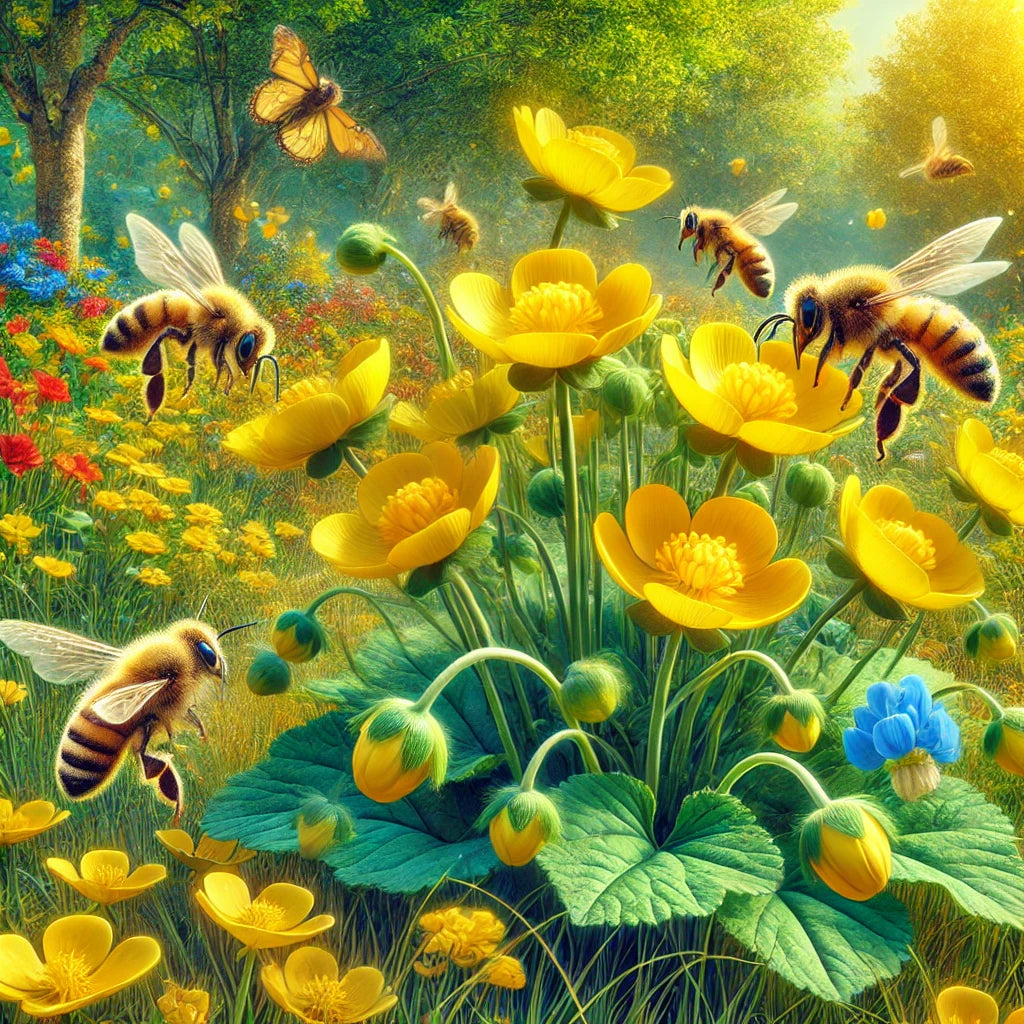When you think of bees buzzing around, you often picture them collecting nectar from colorful flowers. But what if buttercups buzzed after the bee? Would they, too, seek out something sweet, like bees do for buttercup honey? While this whimsical thought leads to some fun musings, it also highlights the fascinating relationship between buttercup bees and the flowers they frequent.
Buttercup Bees and Their Feeding Habits
Bees, including those that visit buttercups, have specific feeding habits. They are drawn to flowers that provide both nectar and pollen, essential for making honey and feeding their colonies. Buttercups, while visually appealing, don't always provide the best nectar source.
However, bees still visit them for pollen, which they use to feed their larvae back in the hive. If buttercups buzzed after the bee, they'd likely search for similar nutrients to sustain themselves, much like bees do.
The Role of Buttercup Bees in Pollination
Buttercup bees play a crucial role in the pollination of these bright yellow flowers. As they collect pollen, they inadvertently transfer it from one buttercup to another, ensuring that the plants reproduce successfully. This process highlights the life cycle of bees and their essential role in maintaining biodiversity. Without bees, flowers like buttercups would struggle to reproduce, affecting not just the plant population but the entire ecosystem.
How Does Grass Pollinate vs. Buttercups?
Unlike grasses, which rely on wind for pollination, buttercups depend on bees to carry out this task. If buttercups buzzed after the bee, they’d likely mimic this natural process, buzzing from flower to flower to ensure proper fertilization. This difference between how grass pollinates and how buttercups thrive through bee activity shows just how vital bees are to many plants.
Bees don’t just pollinate buttercups—they are essential to agriculture as a whole. Whether it’s fruits, vegetables, or nuts, bees ensure that many of the crops we rely on get the pollination they need. Understanding how to start a bee farm can help you create a space where bees thrive and contribute to both your garden and the larger ecosystem. The benefits of bees are far-reaching, ensuring food security and supporting plant biodiversity.
Tools for Attracting Buttercup Bees
If you want to attract bees to your garden, including those that may visit buttercups, consider using bee trap attractants. These tools help guide bees to the plants they need to pollinate, ensuring that flowers like buttercups get the attention they require to thrive. Additionally, if you’re managing a beekeeping operation, bee hive relocation is another option to place your bees where they can best support your garden.
Enhance Your Bee Farm with Swarm Commander
While imagining if buttercups buzzed after the bee is a fun thought, it reminds us of the essential role that bees play in the pollination of many plants, including buttercups. As a beekeeper, understanding the interaction between buttercup bees and flowers can help you better manage your hives and support the ecosystem. Whether through using bee trap attractants or learning how to start a bee farm, there are many ways you can encourage these vital pollinators in your garden.
Looking to boost pollination in your garden? Visit Swarm Commander to explore tools like bee trap attractants and guidance on bee hive relocation to create a thriving, pollinator-friendly environment.
Frequently Asked Questions About Buttercup Bees
Q1. Do bees make buttercup honey?
While bees visit buttercups for pollen, they rarely make honey from buttercups, as these flowers don’t offer much nectar.
Q2. Why are buttercup bees important for pollination?
Buttercup bees help transfer pollen between buttercup flowers, ensuring their successful reproduction.
Q3. How do buttercups differ from grass in pollination?
Buttercups rely on bees for pollination, while grasses are wind-pollinated and don’t require insects.
Q4. How can I attract bees to buttercups in my garden?
Using bee trap attractants and planting a variety of flowers can help attract bees to your garden.
Q5. What are the benefits of bees beyond pollination?
Bees support agriculture by pollinating crops and contribute to biodiversity by ensuring a wide range of plants can reproduce.



